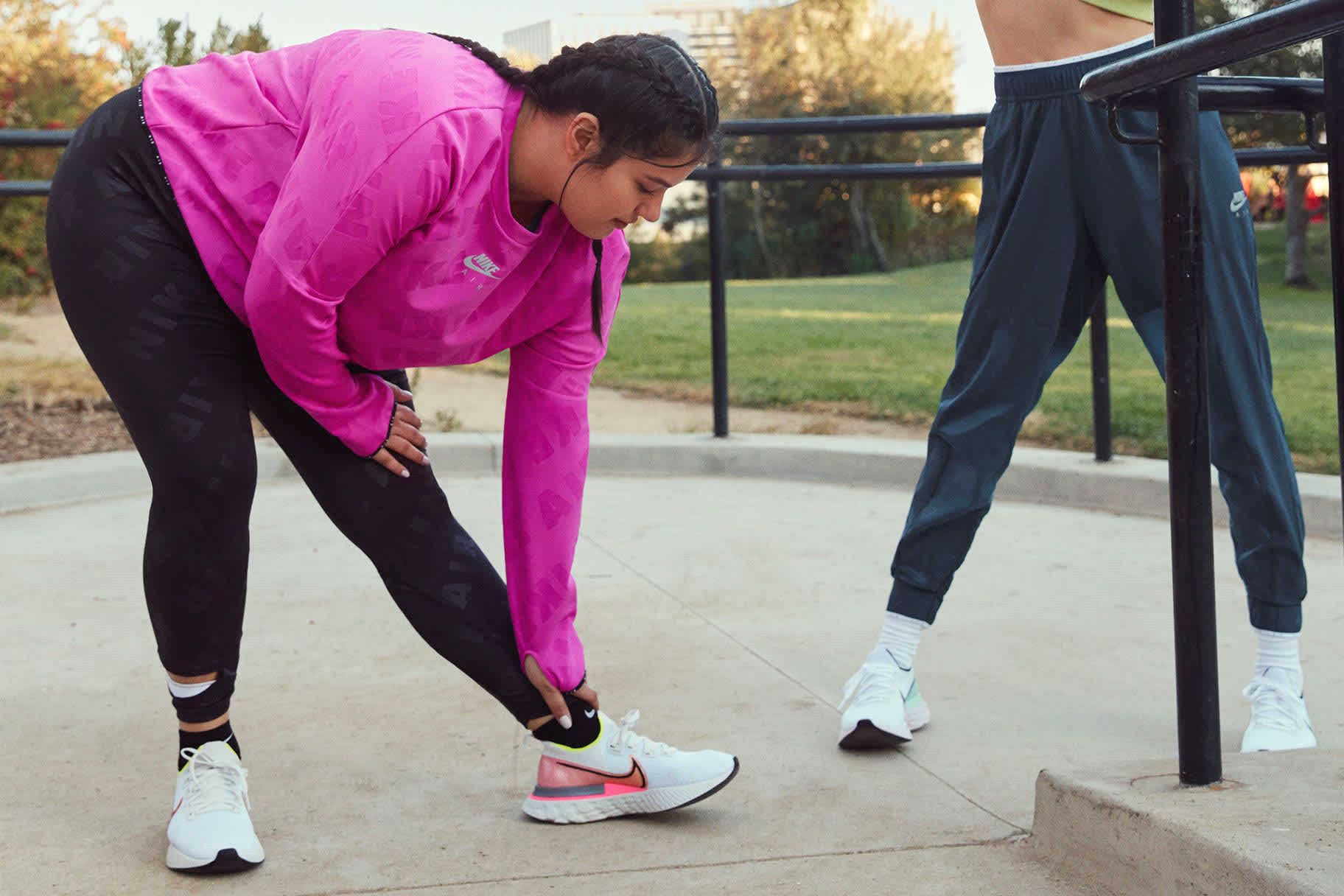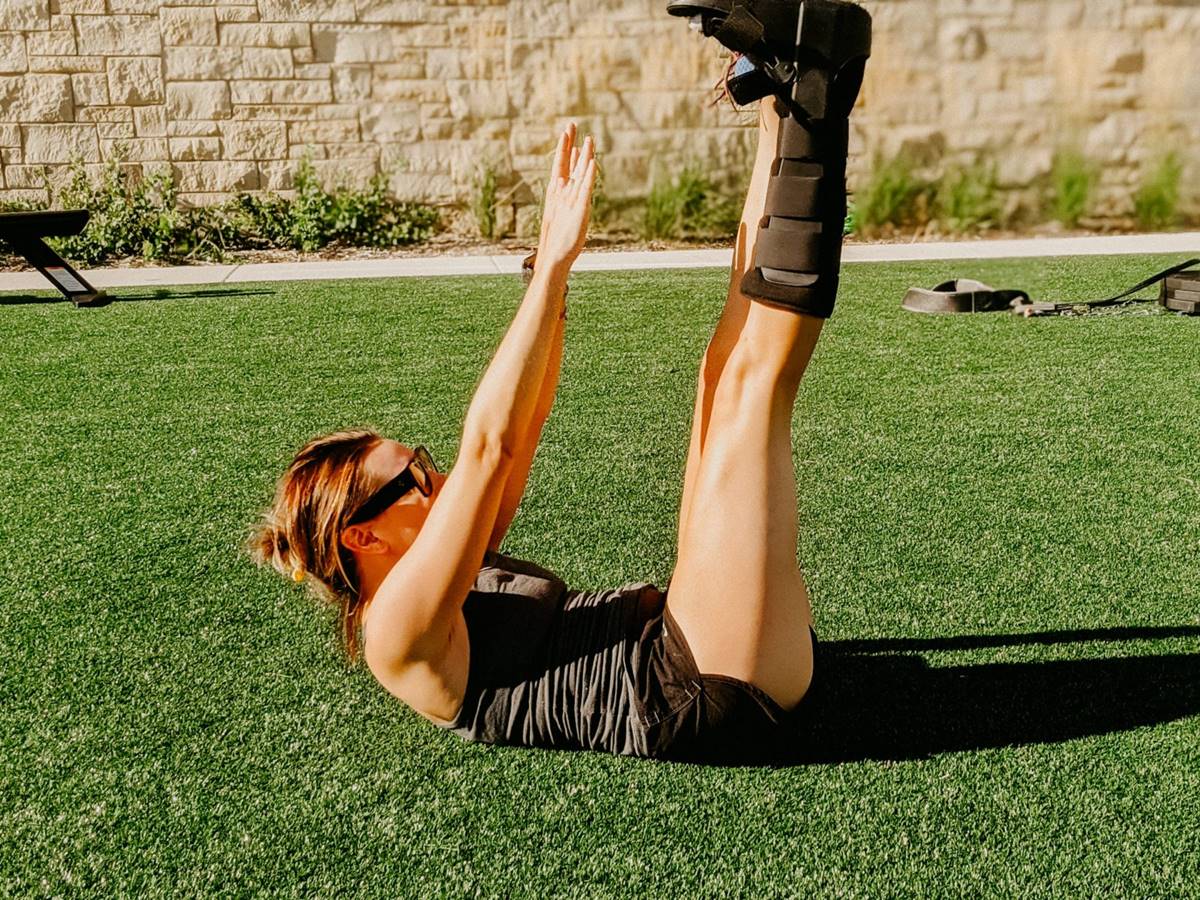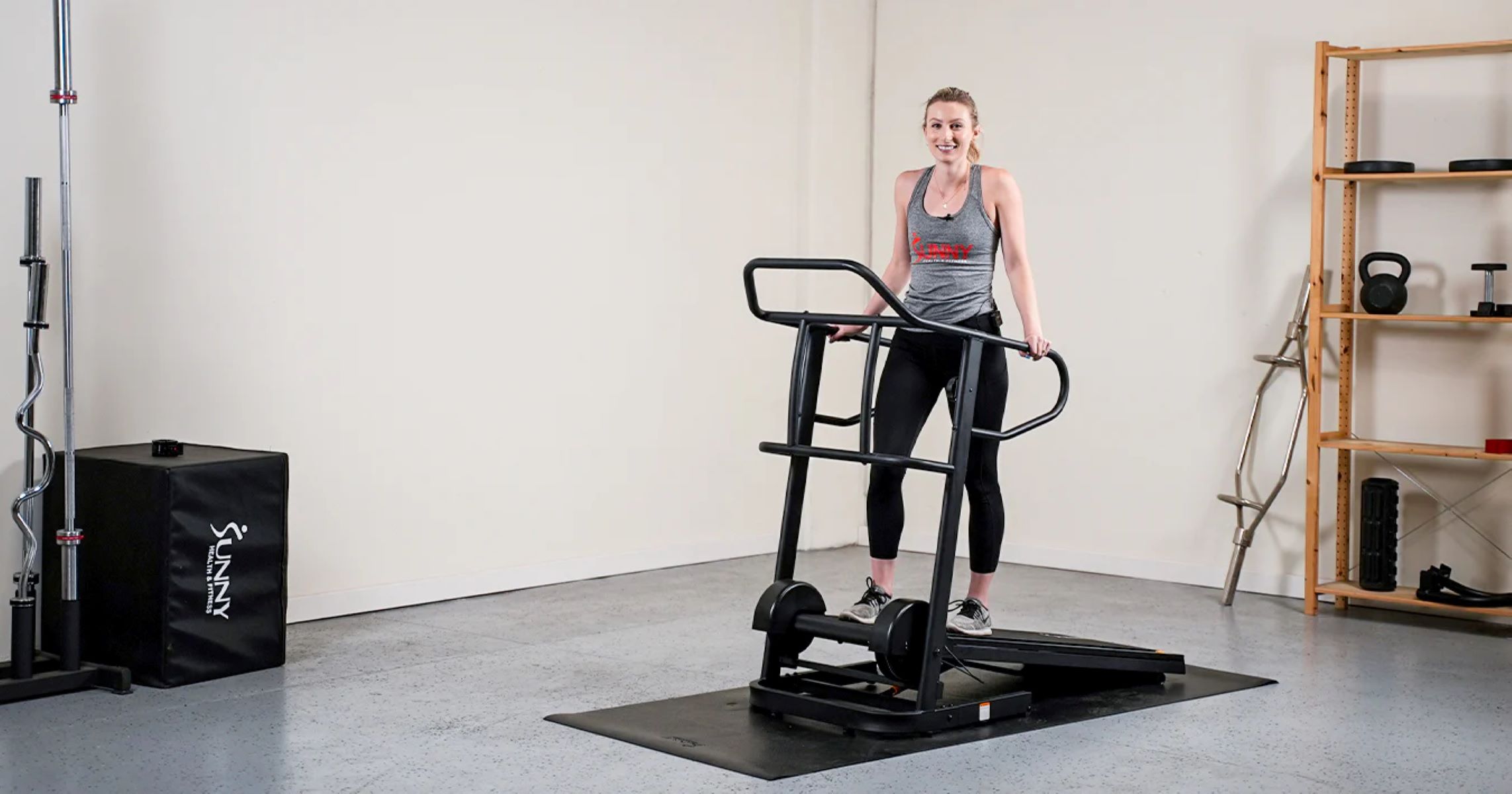

Featured
What Exercise Can You Do With A Hernia
Published: October 1, 2023
Discover the top exercises featured for individuals with a hernia. Safely strengthen your body and reduce discomfort with the right workout routine.
Introduction
A hernia can be a challenging condition to deal with, especially when it comes to staying active and engaging in physical exercise. However, having a hernia doesn’t necessarily mean you have to give up on staying fit or leading an active lifestyle. With proper knowledge and guidance, there are exercises you can safely perform that can help maintain your overall fitness level without putting excessive strain on the affected area.
Understanding what a hernia is and the different types of hernias is crucial in determining the appropriate exercises to do. It is also essential to know which exercises to avoid to prevent further complications and injury. By being mindful of your body and following the right exercise considerations, you can stay active and manage your hernia effectively.
In this article, we will provide you with an overview of hernias, discuss the various types of hernias, and highlight the exercise considerations you should keep in mind. We will also provide a list of exercises to avoid and safe exercises you can perform with a hernia. Lastly, we’ll share some tips to help you exercise safely and effectively while managing your hernia. So, let’s dive in!
Understanding Hernias
A hernia occurs when an organ or fatty tissue pushes through a weakened spot or opening in the muscle or connective tissue that surrounds it. This results in a bulge or protrusion that can be felt or seen externally. Hernias can develop in various parts of the body, including the abdomen, groin, upper thigh, or belly button.
The most common cause of hernias is a combination of muscle weakness and strain. Certain factors can contribute to the development of hernias, such as obesity, heavy lifting, persistent coughing, chronic constipation, and pregnancy. Additionally, age and a family history of hernias can increase the risk of developing one.
Common symptoms of a hernia include a visible bulge, pain or discomfort, especially when lifting or bending, a feeling of pressure in the affected area, and occasionally, digestive issues or difficulty with bowel movements. It’s important to note that not all hernias cause symptoms, and some may only become apparent during physical activity or straining.
If you suspect you have a hernia or experience any symptoms, it’s crucial to consult with a healthcare professional for a proper diagnosis. They will be able to determine the type of hernia you have and provide you with guidance on the most appropriate treatment plan, which may include lifestyle modifications, medication, or surgical intervention.
Understanding the specific type of hernia you have is essential as it determines the area of weakness and where the organ or tissue is protruding. This knowledge will help you make informed decisions about the exercises you can safely engage in and the ones to avoid to prevent exacerbating the condition.
Types of Hernias
There are several types of hernias that can occur in different areas of the body. Each type of hernia has its own characteristics and may require specific treatment. Here are some of the most common types:
- inguinal hernia: This is the most common type of hernia and occurs in the groin area. It is more common in men due to the natural weakness in the inguinal canal, where the spermatic cord passes through in males. Inguinal hernias can be direct, where the tissue protrudes through a weak spot in the abdominal wall, or indirect, where the tissue pushes through the inguinal canal.
- femoral hernia: This type of hernia also occurs in the groin area, but it is more common in women. It happens when the intestine or other tissue protrudes through the femoral canal, a small opening near the inner thigh.
- umbilical hernia: An umbilical hernia occurs when part of the intestine or fatty tissue pushes through the abdominal wall near the belly button. This type of hernia is common in infants but can also develop in adults, particularly in women who have had multiple pregnancies or people who are overweight.
- incisional hernia: An incisional hernia can occur at the site of a previous surgical incision. It happens when the tissue pushes through the weakened area of the abdominal wall where the incision was made.
- hiatal hernia: This type of hernia occurs when part of the stomach pushes up through the diaphragm into the chest cavity. Hiatal hernias are usually associated with gastroesophageal reflux disease (GERD) and can cause symptoms like heartburn and difficulty swallowing.
These are just a few examples of the types of hernias that can occur. It’s important to remember that each hernia is unique, and the proper diagnosis and advice from a healthcare professional are crucial in determining the best course of action for treatment and exercise considerations.
Exercise Considerations for Hernias
When it comes to exercising with a hernia, there are certain considerations you need to keep in mind to ensure your safety and prevent any further complications. Here are some key things to consider:
- Consult with your healthcare professional: Before starting any exercise routine, it is essential to consult with your healthcare professional, especially if you have been diagnosed with a hernia. They will be able to provide personalized guidance based on the type and severity of your hernia. They may also recommend specific modifications or exercises to avoid.
- Listen to your body: Pay close attention to how your body feels during and after exercise. If you experience any pain, discomfort, or the hernia bulge becomes more pronounced, stop the activity and rest. Pushing through pain or ignoring warning signs can potentially worsen the hernia or cause additional complications.
- Avoid activities that increase abdominal pressure: Certain exercises and activities can increase intra-abdominal pressure, putting strain on the weakened areas of the abdominal wall. It is generally advised to avoid activities such as heavy lifting, intense core exercises, and exercises that involve straining or bearing down.
- Focus on low-impact exercises: Low-impact exercises that minimize strain and pressure on the abdominal area are generally safer for individuals with hernias. Examples include walking, swimming, gentle yoga, cycling, and using elliptical machines. These exercises can help maintain overall fitness without exacerbating the hernia.
- Strengthen the surrounding muscles: Strengthening the muscles surrounding the hernia can provide additional support and help prevent the hernia from worsening. However, it’s important to do so under the guidance of a qualified professional to ensure proper form and technique.
Remember, these are general exercise considerations, and the specific recommendations may vary depending on the type and severity of your hernia. Always consult with your healthcare professional to get personalized advice and recommendations to ensure your safety and well-being.
Exercises to Avoid with a Hernia
While staying active and exercising is important for overall health and well-being, there are certain exercises that individuals with hernias should avoid. Engaging in these activities can put excessive strain on the weakened areas of the abdominal wall and potentially worsen the hernia or cause further complications. Here are some exercises to avoid if you have a hernia:
- Heavy weightlifting: Lifting heavy weights can significantly increase intra-abdominal pressure, putting excessive strain on the weakened areas. This includes exercises like deadlifts, squats, and overhead presses.
- Intense core exercises: Exercises that put intense pressure on the abdominal muscles, such as sit-ups, crunches, and planks, should be avoided as they can worsen hernia symptoms and potentially cause the hernia to protrude further.
- High-impact exercises: Activities that involve jumping, running, or abrupt movements can cause jarring and increase the risk of hernia complications. Examples include high-impact aerobics, running on hard surfaces, and certain sports like basketball or tennis.
- Exercises that involve straining or bearing down: Any exercise that requires straining or bearing down, such as heavy lifting, intense abdominal exercises, or breath-holding maneuvers, should be avoided as they can elevate intra-abdominal pressure and put strain on the hernia.
It’s important to remember that these exercises should be avoided until the hernia is treated or repaired. However, it is always recommended to consult with your healthcare professional for personalized advice and guidance based on your specific condition and circumstances.
Safe Exercises for Hernias
Although certain exercises should be avoided with a hernia, there are still plenty of safe exercises you can incorporate into your fitness routine to maintain your overall health and fitness level. These exercises are generally low-impact and minimize strain on the abdominal area. Here are some safe exercises for individuals with hernias:
- Walking: Walking is a simple and effective low-impact exercise that can be done anywhere. It helps improve cardiovascular fitness and overall muscle tone without putting excessive strain on the abdominal area.
- Swimming: Swimming is another excellent low-impact exercise that provides a full-body workout. The buoyancy of the water supports your body, reducing the strain on the hernia while still providing a great cardiovascular workout.
- Gentle yoga: Gentle yoga practices that focus on stretching, breathing, and relaxation can be beneficial for individuals with hernias. Avoid intense poses that involve straining or compressing the abdominal area and opt for gentle stretching and restorative postures.
- Cycling: Cycling is a low-impact exercise that strengthens the lower body muscles while minimizing strain on the abdominal area. It can be done outdoors or indoors on a stationary bike to suit your preference.
- Elliptical machine: Using an elliptical machine provides a low-impact cardiovascular workout that doesn’t put excessive strain on the hernia. It is a great alternative to high-impact activities like running or jogging.
- Modified strength training: While heavy weightlifting should be avoided, you can still engage in modified strength training exercises to maintain and tone your muscles. Focus on exercises that target other muscle groups without putting excessive strain on the abdomen, such as leg presses, bicep curls, and shoulder presses.
Remember to start any exercise program slowly and gradually increase intensity or duration based on your comfort level. It’s also important to listen to your body and stop any exercise that causes pain, discomfort, or worsens the hernia symptoms. Consulting with a healthcare professional or a qualified fitness trainer can provide additional guidance on safe exercises specific to your condition.
Tips for Exercising with a Hernia
Exercising with a hernia requires caution and attention to ensure your safety and prevent further complications. Here are some important tips to keep in mind when incorporating exercise into your routine:
- Consult with your healthcare professional: Before starting any exercise program, it is crucial to consult with your healthcare professional, who can provide personalized advice and guidance tailored to your specific hernia condition.
- Warm up and cool down: Prior to engaging in any physical activity, make sure to warm up your muscles and joints with light activities like stretching or gentle movements. Similarly, cool down at the end of your workout to gradually bring your heart rate back to normal.
- Use proper form and technique: When performing exercises, it is important to use proper form and technique to ensure you are targeting the intended muscles and minimizing strain on the hernia. Consider working with a qualified fitness trainer or physical therapist to learn correct form for each exercise.
- Listen to your body: Pay attention to your body’s signals and stop any exercise that causes pain, discomfort, or exacerbation of hernia symptoms. Pushing through pain can lead to further complications and hinder your recovery.
- Avoid overexertion: Be mindful of your limitations and avoid pushing yourself too hard. Give your body time to rest and recover between workouts to prevent injury and allow for proper healing.
- Monitor the hernia bulge: If you notice that the hernia bulge becomes more pronounced or causes discomfort during exercise, it is important to stop and seek guidance from your healthcare professional. They may recommend modifications or adjustments to your exercise routine.
- Stay hydrated: Remember to drink enough water before, during, and after your workout to stay properly hydrated and aid in muscle function and recovery.
- Consider wearing support garments: Wearing supportive undergarments, such as an abdominal binder or hernia belt, may provide additional support and minimize discomfort during exercise. Consult with your healthcare professional to determine if these garments are suitable for you.
By following these tips and guidelines, you can exercise safely and effectively while managing your hernia. Remember, always consult with a healthcare professional for personalized advice and recommendations based on your specific hernia condition and overall health.
Conclusion
Exercising with a hernia may require some adjustments and careful considerations, but it doesn’t mean you have to completely give up on staying active. By understanding the nature of hernias, the different types, and the exercise considerations, you can make informed choices about the exercises to avoid and the safe exercises you can incorporate into your fitness routine.
Consulting with your healthcare professional is essential before starting any exercise program, as they can provide personalized guidance based on your specific hernia type and individual circumstances. They may recommend modifications, exercises to avoid, and appropriate exercises to help strengthen surrounding muscles and maintain overall fitness.
Remember to listen to your body and pay attention to any signs of discomfort or pain during exercise. It’s important to avoid activities that increase intra-abdominal pressure and worsen your hernia symptoms. Instead, focus on low-impact exercises such as walking, swimming, gentle yoga, cycling, and modified strength training.
By following proper form and technique, warming up and cooling down, and monitoring your body’s response, you can exercise safely and effectively while managing your hernia. Always prioritize your safety and consult with your healthcare professional if you experience any concerns or changes in your condition.
Maintaining an active lifestyle with a hernia is possible with the right knowledge, exercise choices, and guidance. By taking care of your body and being mindful of your hernia, you can continue to work towards your fitness goals while managing your condition effectively.







